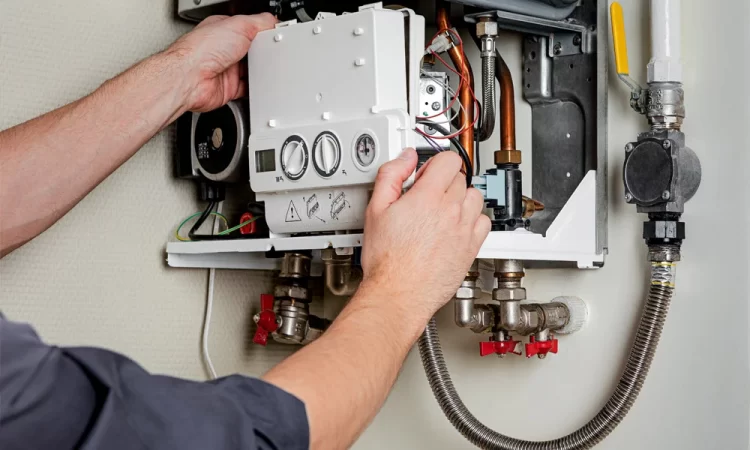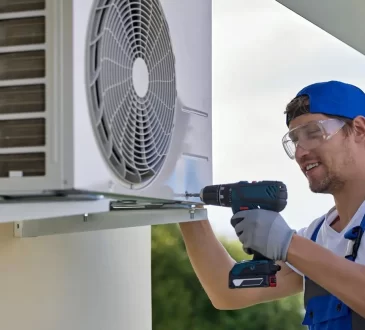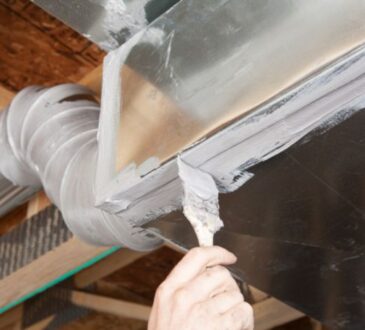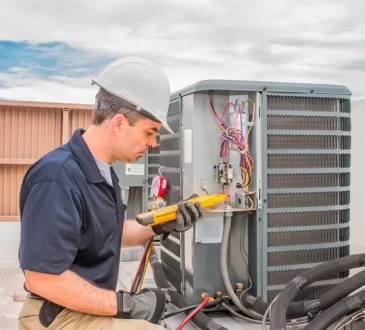What Happens During a Complete Professional AC Unit Cleaning? A Step-by-Step Breakdown

When was the last time your AC unit had a deep cleaning? If it’s been a while, you might be surprised at how much dust and debris can build up inside.
A professional AC cleaning does more than just improve airflow it also helps your system run more efficiently and last longer. But what exactly happens during a complete AC unit cleaning? Let’s break it down step by step.
1. Powering Down the Unit
Before anything else, the technician will turn off the power to your AC. This is a crucial safety step to avoid electrical hazards while working on the system.
2. Cleaning or Replacing the Air Filter
The air filter is your AC’s first line of defense against dust and debris. The technician will remove the filter, check its condition, and either clean it or replace it if needed. A clean filter ensures better airflow and improves indoor air quality.
3. Cleaning the Evaporator Coil
The evaporator coil inside your indoor unit absorbs heat from your home’s air. Over time, dust and dirt can coat the coil, reducing efficiency. The technician will apply a specialized coil cleaner, let it soak, and then rinse it off to ensure optimal performance.
4. Checking the Drain Pan and Lines
Your AC removes moisture from the air, and that water collects in the drain pan before being expelled through the drain line. If this line gets clogged, it can cause leaks and water damage. The technician will inspect and clear out any blockages to keep the system draining properly.
5. Cleaning the Outdoor Condenser Unit
The outdoor condenser unit houses the coil and fan that release heat from your home. Over time, dirt leaves, and debris can accumulate, blocking airflow and making your AC work harder. The technician will remove the cover, clean the condenser coils with a coil cleaner, and use a hose to rinse away dirt.
6. Inspecting the Condenser Fan and Motor
The condenser fan helps dissipate heat from the unit. The technician will check for any debris around the blades, inspect the motor, and ensure it’s working properly.
7. Checking Refrigerant Levels
Refrigerant is essential for cooling, and low levels can indicate a leak or inefficiency. The technician will use special tools to check refrigerant pressure and recharge it if necessary.
8. Final Testing and Inspection
After cleaning and maintenance, the technician will restore power, turn on the AC, and check for proper airflow, cooling efficiency, and any unusual noises. This final step ensures your system is running at peak performance.
A professional AC cleaning not only keeps your home cool but also extends the life of your system.



